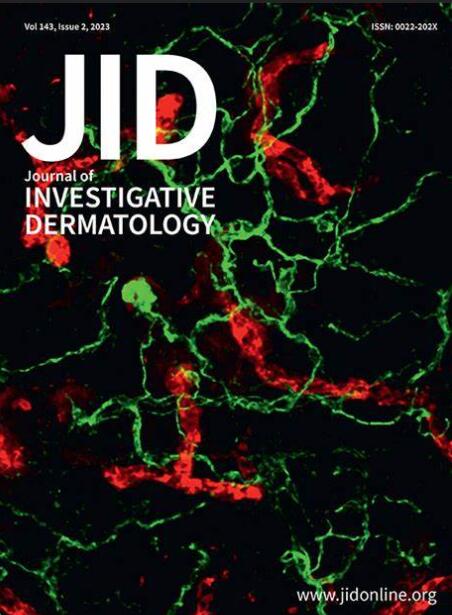A Geospatial Analysis of the Association between Access to Tanning Bed Facilities and Melanoma in the United States New England Region
IF 5.7
2区 医学
Q1 DERMATOLOGY
引用次数: 0
Abstract
Substantial geographic disparities in melanoma incidence and access to tanning bed facilities exist. In this spatial ecological study, we evaluate the relationship between access to tanning bed facilities and melanoma incidence. New England county–level melanoma incidence rates (2014–2018), tanning bed facilities location, demographic data, socioeconomic data, and geographic data were obtained from the National Cancer Institute State Cancer Profiles, Data Axle, American Community Survey, and United States Geological Survey. Spatial regression models were utilized to determine the association between melanoma incidence and access to tanning beds, adjusting for confounding factors. Adjusted spatial regression identified that for every 1-minute increase in average travel time to tanning facilities within 30 minutes travel time threshold, the melanoma incidence rate decreased by 3.46% in the same county and by 1.92% across New England. We found a negative association between average travel time to tanning facilities and county-level melanoma incidence rate, suggesting that policy aimed at decreasing access to indoor tanning facilities has the potential to reduce melanoma rates. High-risk clusters, with respect to county-level melanoma rate, were also identified. Targeting of interventions and resources to high-risk clusters may reduce geographic melanoma rates disparities.
美国新英格兰地区使用日光浴浴床设施与黑色素瘤之间关系的地理空间分析》(A Geospatial Analysis of the Association between Access to Tanning Bed Facilities and Melanoma in the United States New England Region)。
黑色素瘤的发病率与日光浴床设施的使用存在巨大的地域差异。在这项空间生态研究中,我们评估了使用日光浴床设施与黑色素瘤发病率之间的关系。新英格兰郡级黑色素瘤发病率(2014-2018 年)、日光浴床设施位置、人口数据、社会经济数据和地理数据均来自美国国家癌症研究所州癌症概况、数据轴、美国社区调查和美国地质调查局。在对混杂因素进行调整后,利用空间回归模型确定黑色素瘤发病率与使用日光浴床之间的关系。调整后的空间回归结果表明,在 30 分钟旅行时间临界值内,前往日光浴设施的平均旅行时间每增加 1 分钟,同一郡的黑色素瘤发病率就会下降 3.46%,整个新英格兰地区的发病率则会下降 1.92%。我们发现,前往日晒设施的平均交通时间与县级黑色素瘤发病率之间存在负相关,这表明旨在减少室内日晒设施使用的政策有可能降低黑色素瘤发病率。此外,还确定了与县级黑色素瘤发病率有关的高风险集群。针对高风险集群采取干预措施并提供资源,可能会减少黑色素瘤发病率的地域差异。
本文章由计算机程序翻译,如有差异,请以英文原文为准。
求助全文
约1分钟内获得全文
求助全文
来源期刊
CiteScore
8.70
自引率
4.60%
发文量
1610
审稿时长
2 months
期刊介绍:
Journal of Investigative Dermatology (JID) publishes reports describing original research on all aspects of cutaneous biology and skin disease. Topics include biochemistry, biophysics, carcinogenesis, cell regulation, clinical research, development, embryology, epidemiology and other population-based research, extracellular matrix, genetics, immunology, melanocyte biology, microbiology, molecular and cell biology, pathology, percutaneous absorption, pharmacology, photobiology, physiology, skin structure, and wound healing

 求助内容:
求助内容: 应助结果提醒方式:
应助结果提醒方式:


